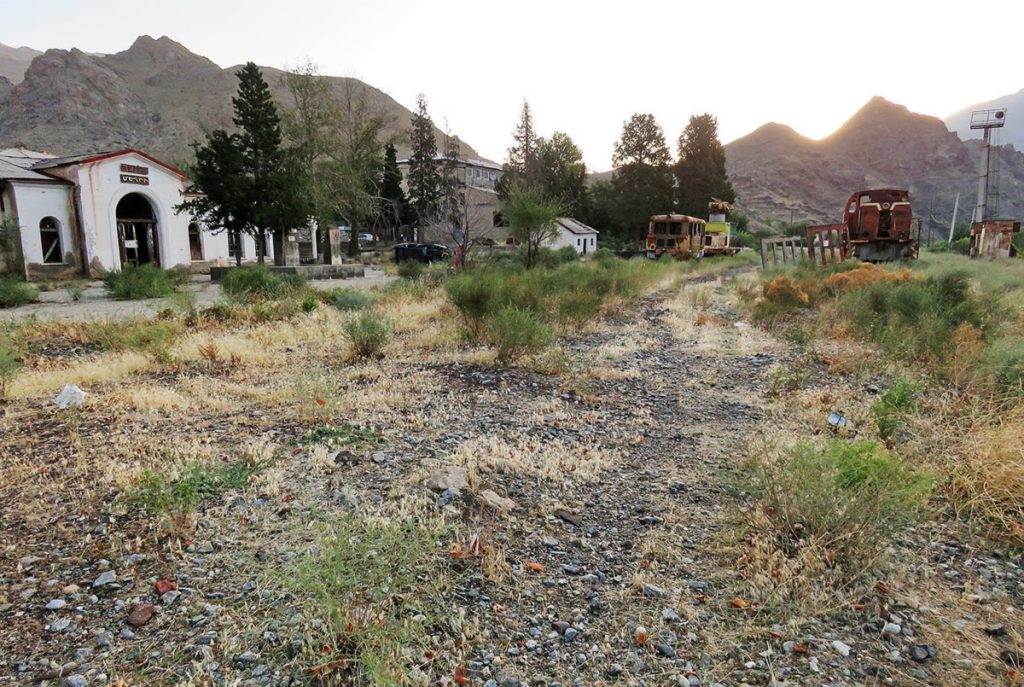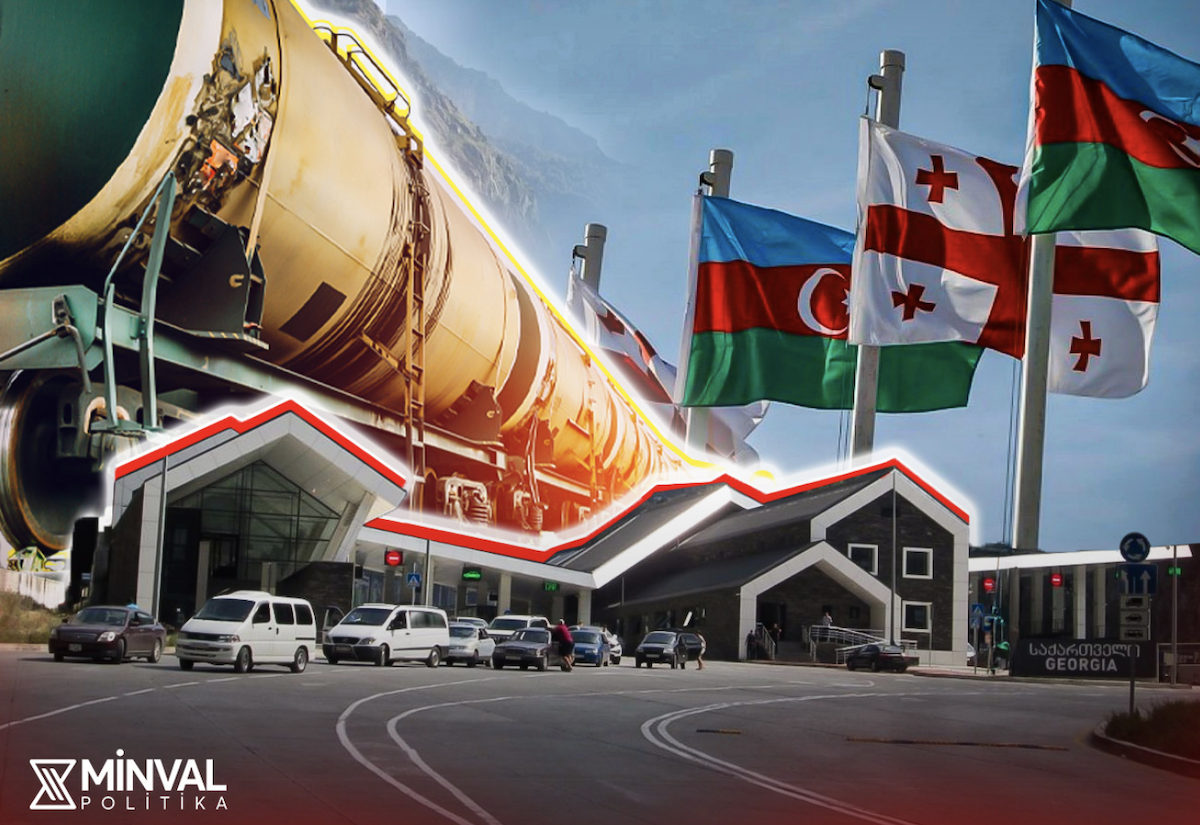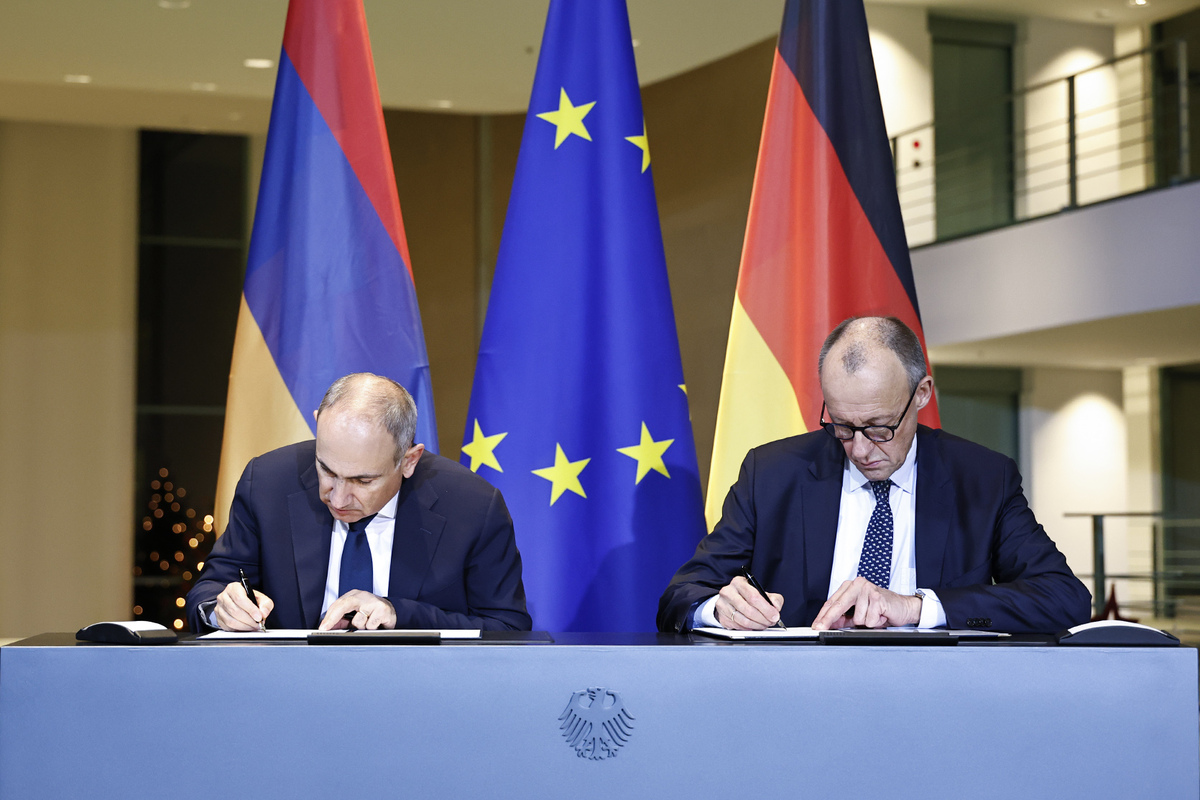Common Soviet past: what roads will connect Armenia and Azerbaijan?
Armenia, Azerbaijan and unblocking of transport routes
After the war, the Armenian-Azerbaijani agenda has expanded. For years it was tied mainly to the Karabakh problem. Now, between the countries, other vital subjects for conversation have arisen – in particular, discussions about the demarcation and delimitation of the Armenian-Azerbaijani border and the unblocking of the roads that operated during the Soviet years.
In Armenia, virtually everyone understood that the war ended only on the front lines. The losses of Yerevan may not be limited to a part of Karabakh. Baku is trying to get a peace treaty From Yerevan, weakened not only in terms of military potential, but also diplomatically, as well as demarcate and delimit the border on favorable terms, and gain a transport corridor like Lachinsky to its exclave Nakhichevan. The last issue is being dealt with by a working group at the level of deputy prime ministers of Armenia, Azerbaijan and Russia.
- “An extremely useful meeting” – results of the trilateral Putin-Pashinyan-Aliyev meeting in Sochi
- Armenian Foreign Ministry, experts assess trilateral Sochi declaration
- Pressure on Armenia: what does Baku want and what does Russia expect? Commentary from Yerevan
What did the parties discuss and what did they agree to?
The working group on unblocking transport communications in the South Caucasus is scheduled to meet in Moscow. This is normal for the current situation. Russia has practically completely seized control of the mediation mission between Yerevan and Baku at the level of all possible issues.
The working group met for a face-to-face meeting about 10 times. It is not known what specific issues are being discussed and how. However, some details are reported from time to time by the negotiator from Armenia, Deputy Prime Minister of the country Mher Grigoryan:
“As for the railway, certain ideas have been formed, there is a preliminary agreement that the unblocking should be carried out within the framework of the regulatory and legal framework of the CIS countries. We must discuss road issues. Armenia’s priority is the complete unblocking of all transport routes”.
The parties have fundamentally different views of the negotiations on unblocking communications.
For Azerbaijan, this is a process, the result of which should be the provision of a “transport corridor” by Armenia, which will ensure communication with the Nakhichevan Autonomous Republic. According to Baku, the road will be outside the control and jurisdiction of Armenia. Yerevan will not have the right to withdraw taxes or, for example, unilaterally close it.
The Armenian authorities imply a completely different logic of the negotiations and its results. Yerevan, at the highest level, declares that they did not talk about any corridor and are not going to. The main goal is to open all possible roads. If everything goes according to this scenario, Armenia will receive an alternative Georgian road running through the territory of Azerbaijan, as well as a railway connection with Russia and Iran. At the moment, Armenia is only connected by railways with Georgia.
Soviet ties: what routes are being discussed
The Armenian side, besides other details, said that all possible rail and road communications that functioned during the Soviet period are being considered.
This actually means that there are maps on the negotiating table with two main directions – north and south.
The two Soviet republics were linked to each other by rail and road. The developed communication was mainly due to the fact that Armenia and Azerbaijan were the southern gates of the Soviet Union, and the country’s leadership considered it important to build roads here.
“Soviet Armenia was a border republic. That is, it was here that the state border of the Soviet Union passed. Therefore, based on strategic considerations, a fairly developed network was built. In Soviet times, railways were the main means of transportation. This concerned both cargo and population”, says cartographer Shahen Shahinyan.
If unblocking occurs on the basis of Soviet routes, Armenia will receive communication with Russia in two directions – Dilijan-Ijevan-Gazakh (Azerbaijan) and Yeraskh-Nakhichevan-Meghri-Baku.
In fact, and in another case, large-scale repair work will have to be done.
Northern direction is the most problematic
Despite the fact that this route is closer to Russia, in Soviet times it was not the main one. The railway in this direction was opened only in the second half of the 80s. The head of the Dilijan station, Grigor Kotinyan, says the railway was put into operation in 1886, it functioned until the collapse of the Soviet Union, the line was used only for cargo transportation:
“Passenger cars did not go to Russia from here. As for cargo, the volume has grown in a couple of years. Every day about 50 cars were sent to Azerbaijan and Russia from here. Especially after the 88th earthquake, this direction became important and brought great benefits”.
Now the Dilijan-Ijevan-Gazakh railway is dilapidated. Over the years, the lines, although they have survived, have clearly fallen into disrepair.
To exploit this area, you need to change the entire infrastructure. However, the most important and expensive thing – the foundation of the tracks – has been preserved, notes Grigor Kotinyan.
The road includes one of the most problematic areas – half a kilometer of lines trapped under a landslide. It may take tens of millions of dollars to put this part back in order.
“Everything depends on investments. If you have money, you can restore everything. It is necessary to study the soil and install drainage systems, which is not difficult”, said the station manager.
How much it will take to restore this railway as a whole is yet to be calculated.
If communications are unblocked, this direction will be the shortest, connecting Armenia and Russia through the territory of Azerbaijan.
Experts believe that the road in the northern direction may become the main one. The parties can build a highway through the south of Armenia, but it is difficult to imagine that Armenian cars will travel to Russia through the entire territory of Azerbaijan.
From the few and laconic interviews with the tripartite working group, it becomes clear that there is still no concrete roadmap.
South direction is the main one
The Yeraskh-Nakhichevan-Meghri-Baku-Moscow railway was considered one of the most important transport arteries in the south of the Soviet Union. Due to the convenient terrain, this particular route has become the cheapest and most optimal in all respects.
Unlike the northern direction, a passenger train used to run along these lines. The citizens living in Armenia got to Moscow mainly along this route.
After the collapse of the Soviet Union, the railway track, which ran in the Syunik region of Armenia, was almost completely looted. A criminal case has been launched in Armenia over this episode, but the fact remains that about 30 km of new road need to be laid in the south of the country.
The situation is better in other areas. Flights from Yerevan to Yeraskh are still running. It is Yeraskh that is the terminal station in the Ararat region.
The functioning of this direction will mainly depend on Azerbaijan, which should ensure the passage through the territory of the Nakhchivan Autonomous Republic. This will actually allow Armenia to get a railway connection with Iran. Construction of a new railway on an alternative route to Iran will cost Yerevan several billion dollars.
The tripartite working group, represented by the vice-prime ministers of the three countries, is to sum up the interim results of the year’s work this week.
Until there is a roadmap and a clear idea of all the directions that should be unblocked, the process is perceived by many in a hypothetical plane.
Armenia does not intend to provide an extraterritorial transport corridor. Will Baku agree to unblock all roads, because this will actually mean the end of the blockade policy towards Armenia, which Baku has been pursuing for the past 30 years?
Answers to these questions can only be given by a specific agreement, which will be signed by all parties.



















